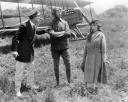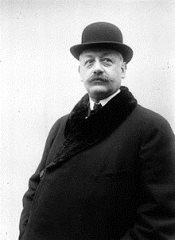By Fred Boucher
Introduction
During a golden age of aviation tarnished by the Cold War, many new aircraft were produced, including what became known as cruise missiles. One was the Martin TM-76 Mace. Aurora was always quick to cut tooling for models of contemporary subjects, and in 1958 issued their kit MACE – TM -76 GUIDED MISSILE. Once again, Aurora had the weapon on the shelf before it was actually deployed. TM-76 was first flown in in 1956 but was not active until 1959. The kit number is 130-.79. The “.79” was Aurora’s MSRP (Manufacturer Suggested Retail Price), a part of the box despised by retailers. Aurora also scaled it to 1/48.
Aurora’s one-and-only issue of this missile
I do not recall Aurora rocket and missile kits vying for shelf space at my town model outlets: City Cycle Hobby Shop, Bell or Davis Drug Stores, Value Village; nor at Kresge, Woolworths, Sears, or JC Pennys. Perhaps my modeling interests made space and missile subjects invisible to me at that time, or perhaps Aurora had already discontinued the kits!
Continue reading “Aurora Mace TM-76 Guided Missile Kit Review”





